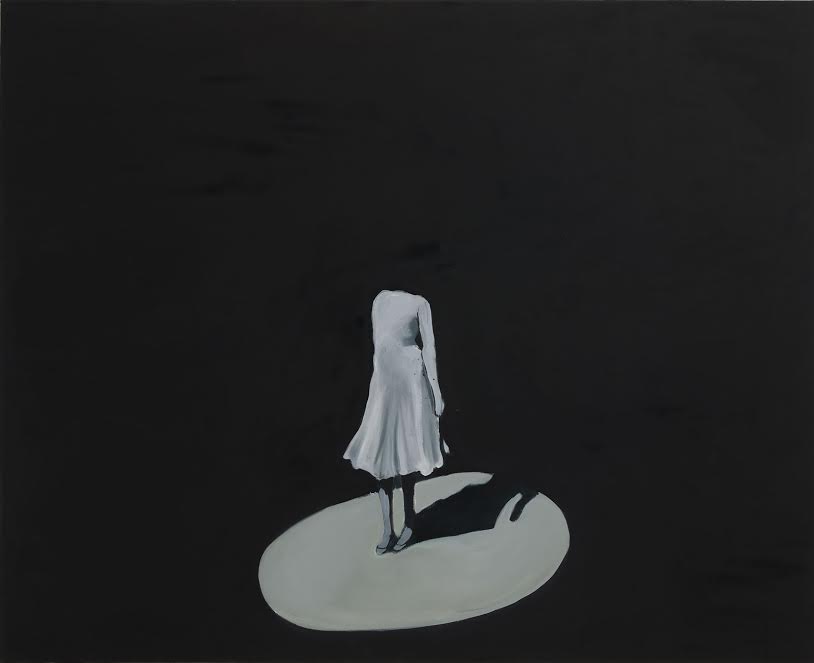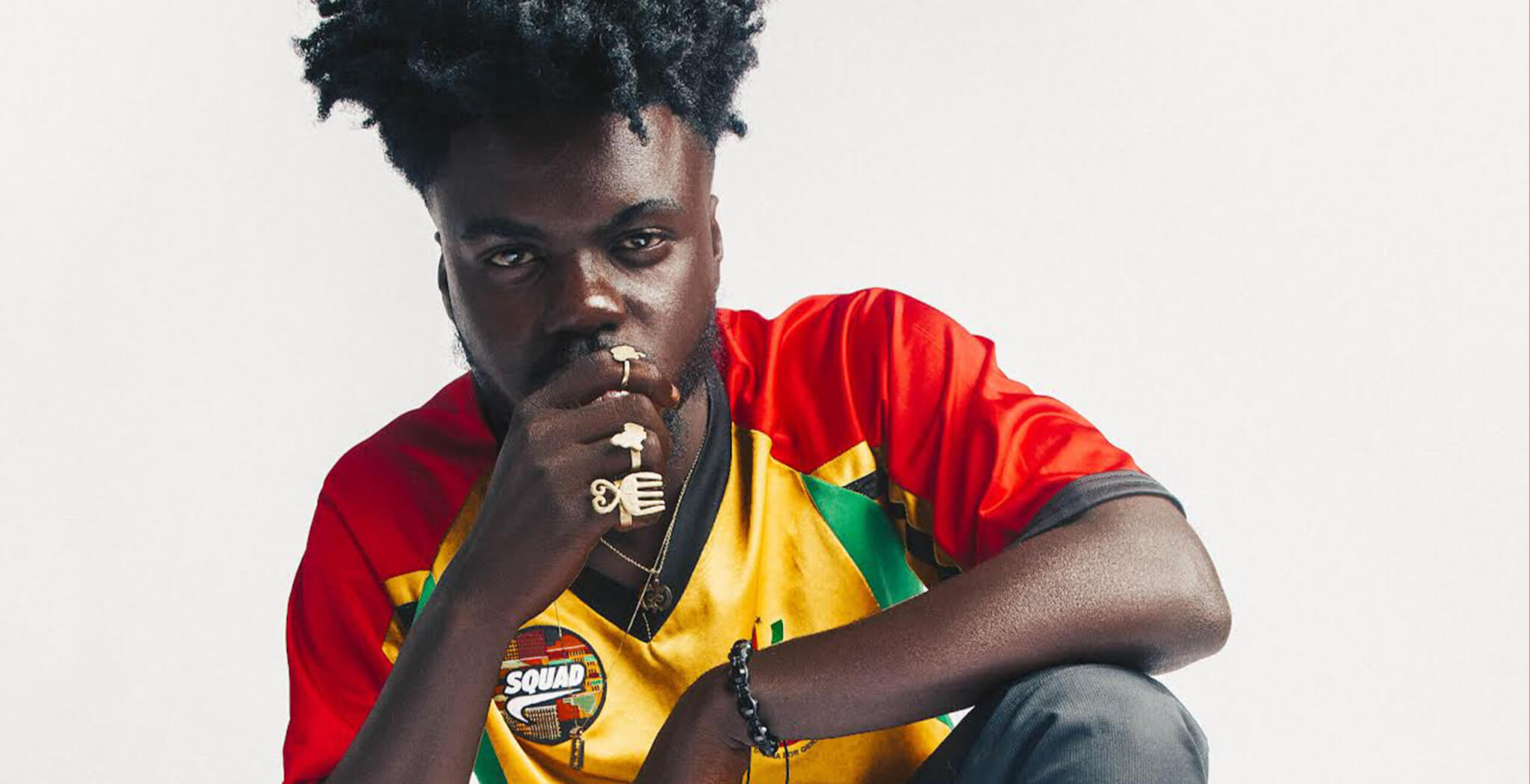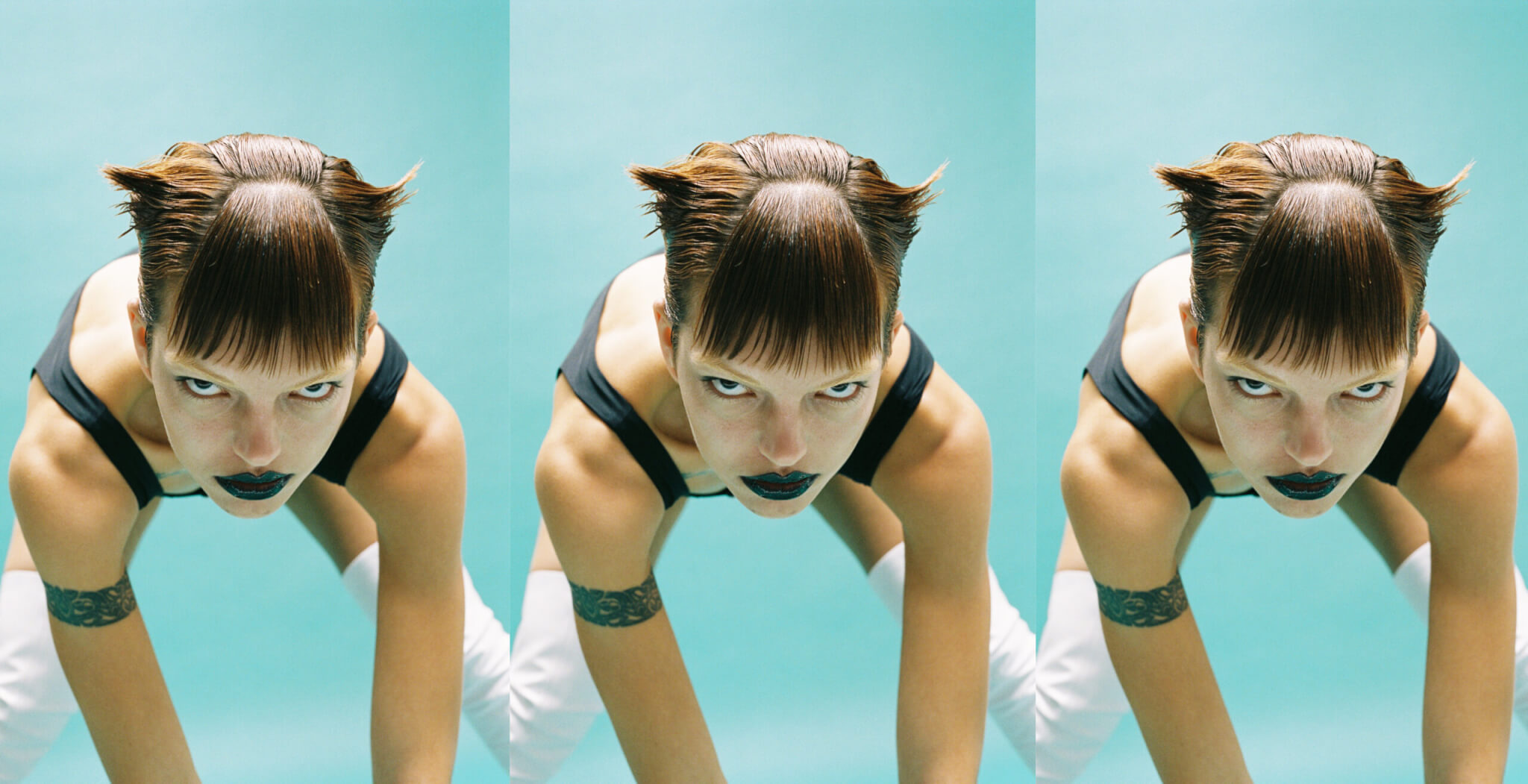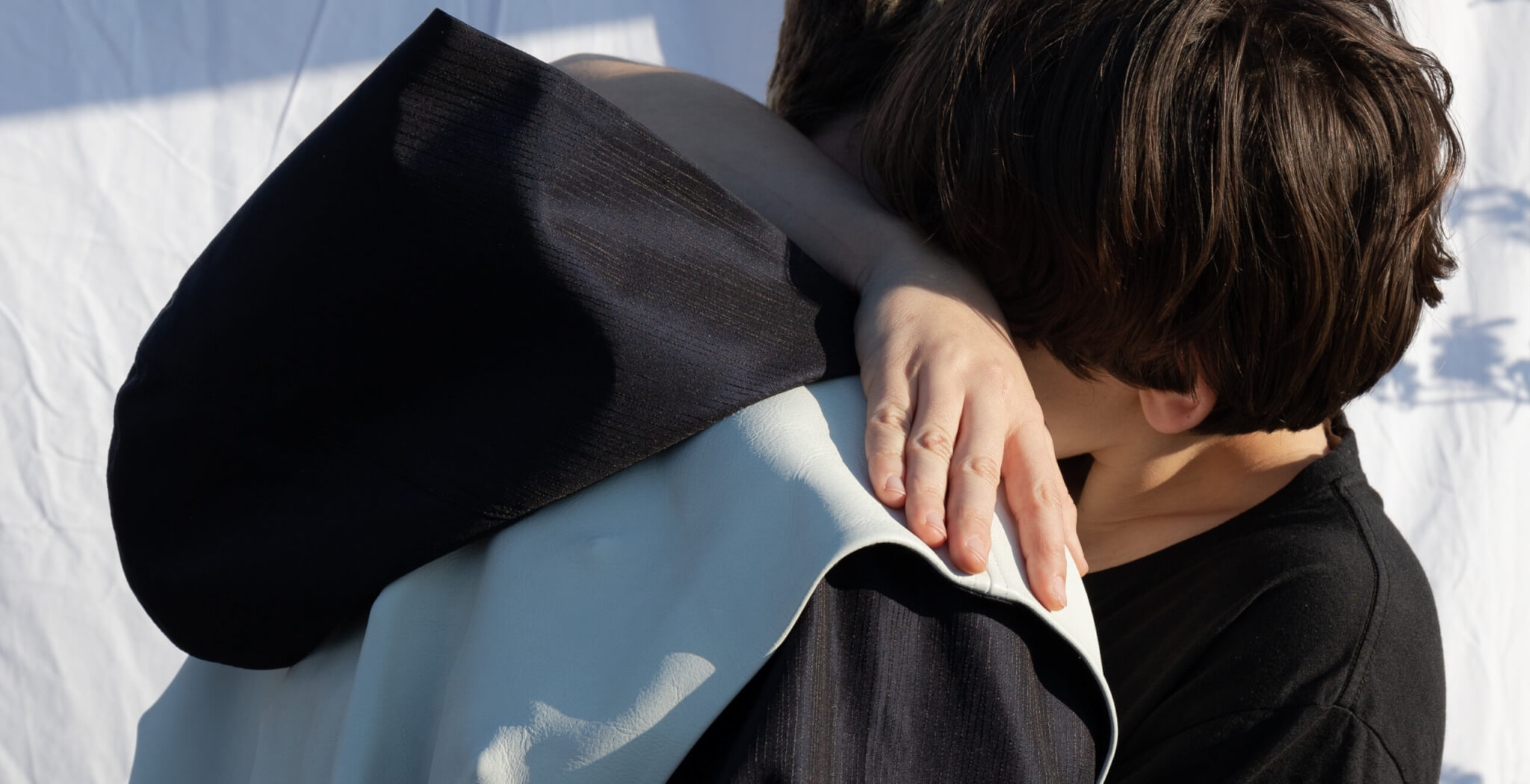This column consists of creative pieces written by me. Some might be a continued story, some might be poetry, some might be short stories from start to finish. You never know what you might get so, be ready for anything. Today’s piece revolves around the theme of ignorance causing the isolation of those who stand out of the crowd.
In light of Black History Month, all featured art pieces for this February’s column releases are going to be creations from Black artists.
Enjoy.
Imagine a room filled with seemingly identical individuals—some male, some female. Suddenly, without warning, two people become the sole focus of the room. I, lost in my own thoughts, paid little attention to the topic at hand. I merely complied with what was expected, keeping to myself. While I never felt a connection to the environment, I recognized the necessity of being there. Unfortunately, they were oblivious to their own actions and words, unaware of their ignorance. Any reaction from me only labeled me as the aggressor—an attacker. They manipulated me into that role, as if fighting back meant trading places. They rendered me voiceless.
As she began reading the novel aloud, even volunteering to do so, my mind was preoccupied with my own musings. Unbeknownst to me, she was about to utter words that would make her uncomfortable. He reassured her, asserting that it must be acceptable since it was in a novel, right? In unison, they turned and stared. Their gazes felt like daggers piercing my being, as if I were their target. It was as though my differences made me solely responsible for granting permission or feeling the impact.
I wasn’t the only victim; there was a partner in this crime. The second person to receive those piercing glares, she appeared as lost as I felt. We both experienced the weight of their doubts and even their concerns reflected in their eyes. It cut through us, like an unexpected cramp seizing the entire body. Without uttering a word, we locked eyes, silently refusing to grant them the satisfaction they sought. However, time seemed to stand still, awaiting our response to a simple question: Can I say it?
Although we shared this experience, I couldn’t help but feel alone in it. She would remain silent, that much I knew. The shy, unsuspecting, socially awkward girl anticipated my actions. Her hair, flattened like mine but unlike theirs, served as a physical reminder of our otherness. Her eyes carried a helpless plea, urging me to extricate us from this situation. It became clear to me that she was relying on me. All I could think was, escape, just walk away. Rise from my seat and never look back. Deny them the satisfaction they craved.
I shrugged, and he declared it acceptable. Everyone resumed their prior activities. She, however, still refused to read those words; they made her too uncomfortable. It made her… too uncomfortable.
Today, we pay homage to the extraordinary artistic talent of the late Noah Davis. Noah, a prolific painter and illustrator, called California his home until his untimely passing in 2015 due to a rare form of tissue cancer. His artistic journey left an indelible mark on the art world. Through his paintings, Noah skillfully captured the essence of Black culture in its diverse shapes and forms.
Noah Davis had a profound artistic vision that challenged prevailing stereotypes. He famously said, “if I’m making any statement, it’s to just show black people in normal scenarios, where drugs and guns are nothing to do with it.” His works eloquently depicted the everyday lives of Black individuals, devoid of the often imposed narratives of drugs and violence. Noah’s art celebrated the beauty and authenticity of Black experiences, shining a light on their stories and dispelling harmful misconceptions.
Join us as we delve into Noah Davis’s masterful paintings, which serve as a testament to his unwavering commitment to portraying Black culture in its truest form. Through his art, he invites viewers to appreciate the richness and diversity of Black lives, encouraging a deeper understanding and connection with the subjects he portrayed.
(Header: Missing Link, 2011 by Noah Davis)
This last painting is a tribute to Mitrice Richardson, who suffered under cruel and unorderly police brutality. She was mentally ill and put in jail for “unusual behavior” at a Malibu restaurant. She was released without a phone, ID, or wallet and was later found dead. Her family was outraged to know she was released on her own given her mental state and filed a lawsuit.



























